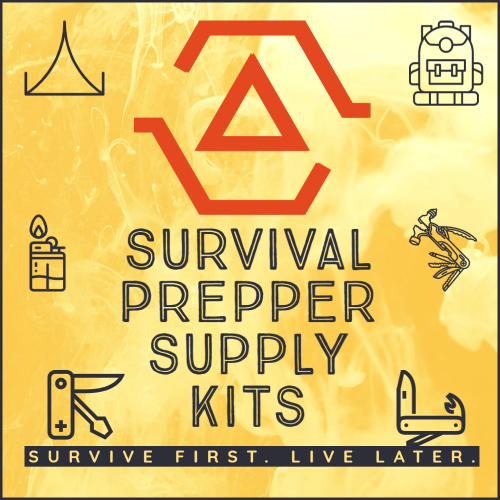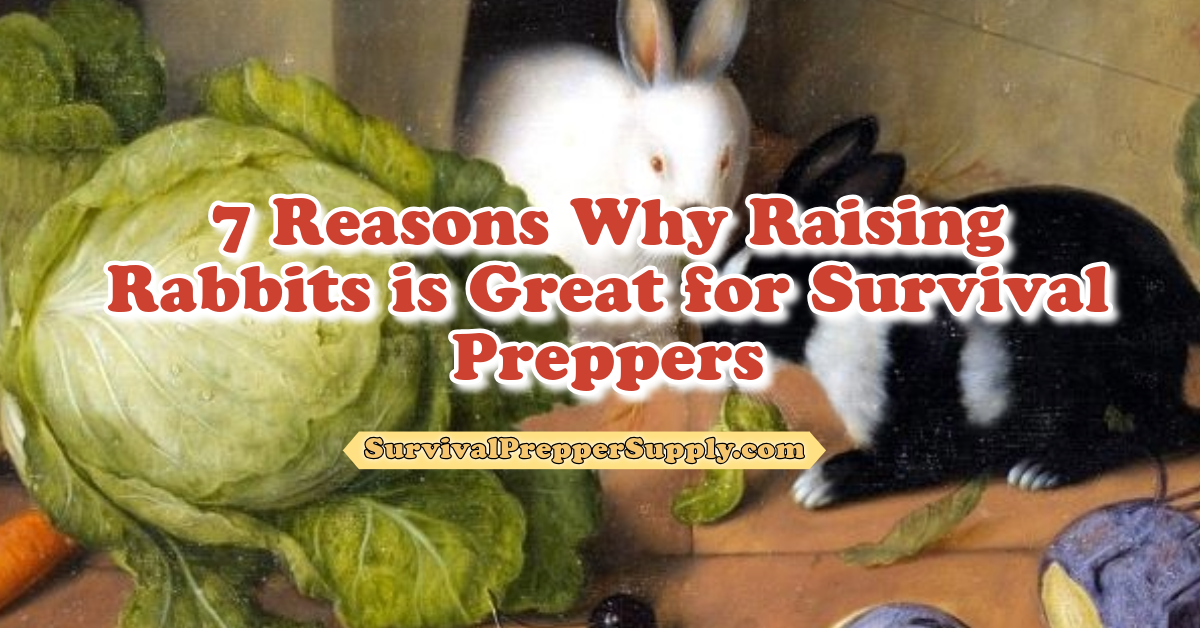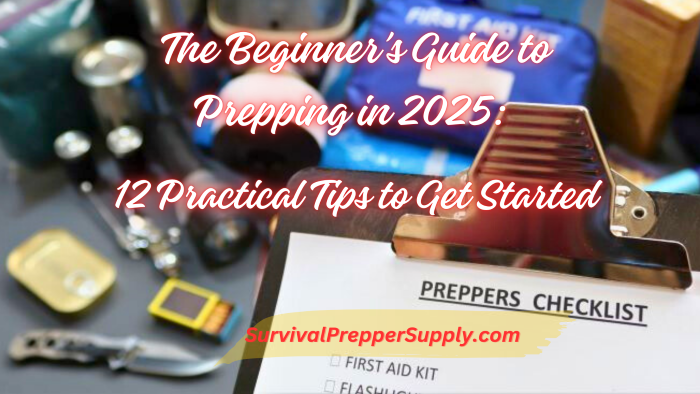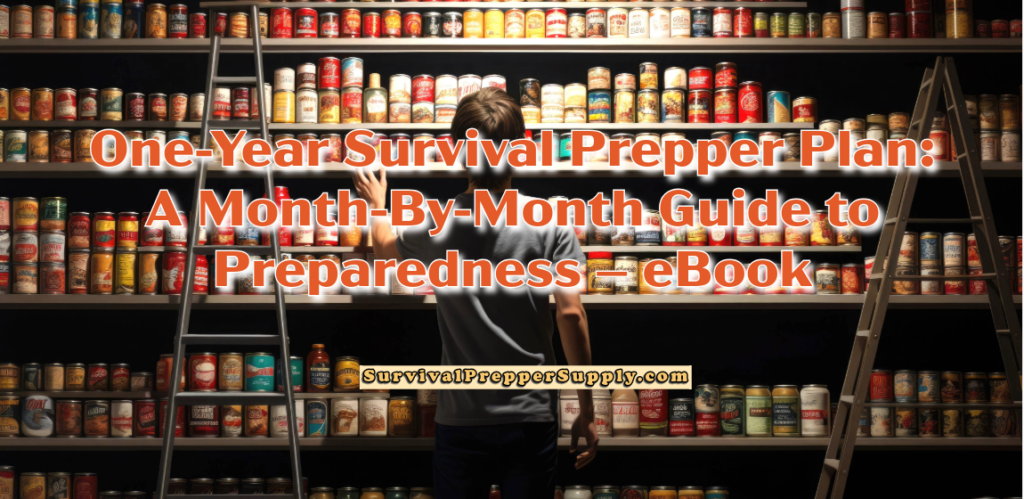Here are 7 Compelling Reasons to Master the Art of Raising Rabbits for Homesteading. Raising rabbits for survival prepping has many benefits, making them a popular choice among preppers and survivalists. This is the follow-up to Homesteading: A Path to Self-Sufficiency and Sustainable Living. Raising Chickens
1 – Breed. Breed. Breed for Survival!
Rabbits breed a lot, and they have a quick reproductive cycle. Baby rabbits, known as “kits” are born about 30 days after they have been bred. Rabbits are very fertile. Maintain this breeding program, and you will have lots of kits born.
We got two rabbits when I was 13-14 years old, and they quickly grew to 25 rabbits in no time! That meant at a young age, I had to learn how to butcher rabbits for our eating. I was able to keep two of the rabbits out of all that was born. I kept a female I named “Minesy” who was very big and light brown. The other rabbit was a male I named “Bugsy,” a big grey rabbit who looked like Bugs Bunny.

Image by William Warby – CC BY 2.0
I let them in our house (the log cabin) one day when my mom was gone doing grocery shopping. Can you guess what happened? There were rabbit pellets (their poop) everywhere! It took months to find all of the places under things where they went and pooped. Needless to say, my mom was really upset, and I didn’t do that again, lol.
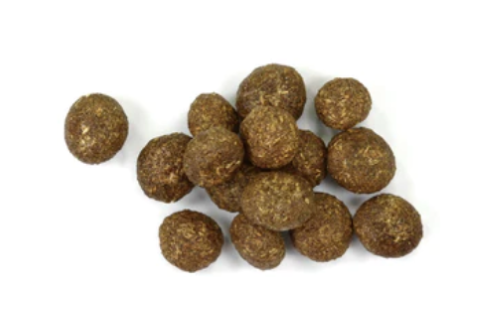
2 – Rabbits are Known for Their Efficient Feed-to-meat Conversion Rate
They can convert feed, such as pellets, grass, and weeds, into muscle mass more efficiently than other livestock animals like chickens.
This means you can produce a significant amount of meat with fewer resources, making them a cost-effective option for survival prepping. Besides, I like rabbit meat better than chicken. And I’m not much of an egg eater.
3 – Rabbits are Small and Quiet
Due to their compact size and minimal space requirements, they are well-suited for small-scale and urban prepping. They can be raised in small hutches or cages, making them suitable for individuals with limited land or urban dwellers.
We built our bunny hutch on stilts. It had an aluminum roof, wooden supports, slats, and chicken wire for the bottom and sides.
You won’t even hear squeaking. Rabbits are very quiet, which is good for people who live in a noise-control area.
4 – Rabbits are Relatively Low-maintenance Animals
Compared to larger livestock, rabbits require less space, feed, and maintenance efforts. This makes them great for people new to animal husbandry or with limited time and resources.
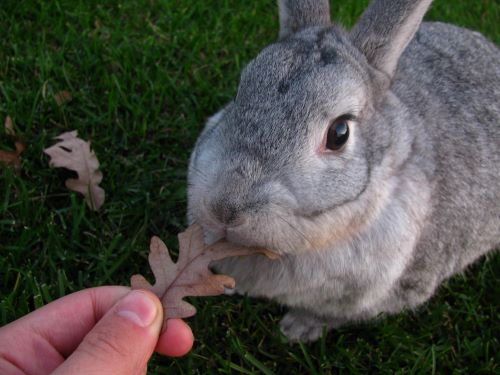
by Carl Heuer–CC BY-SA 3.0
5 – Rabbit Meat is Lean, Nutritious, and Easily Digestible
From a young age, when I was dressing them for eating, they have been one of my favorite meats. It provides a high-quality protein source that can complement other food supplies in a survival situation. Rabbit meat is also versatile and can be cooked in various ways.
6 – Rabbits are Dual-purpose Animals, Good for Survival Prepping
Apart from their meat, rabbits also produce valuable byproducts. Their fur can be used for various purposes, including clothing and crafts. Rabbit manure is an excellent organic fertilizer for gardens.
7 – Rabbits are not Disease Carriers
Unlike other livestock, rabbits are not known carriers of zoonotic diseases that can infect humans. This reduces the risk of disease transmission, making rabbits a safer choice for small-scale and backyard farming.
In conclusion, it’s important to note that raising rabbits for survival prepping also requires knowledge and skills in their care, breeding, and butchering. Proper housing, nutrition, and health management are essential for their well-being and productivity. It’s advisable to conduct further research, consult experienced rabbit breeders or homesteaders, and consider specific factors such as local regulations, available resources, and personal circumstances before incorporating rabbits into your
A good resource for US regulations, how to handle, and how to raise rabbits, see Rabbit From Farm to Table
Rabbit Production in Florida – https://mysrf.org/pdf/pdf_rabbit/r14.pdf
American Rabbits https://en.wikipedia.org/wiki/American_rabbit
Related: Homesteading: A Path to Self-Sufficiency and Sustainable Living. Raising Chickens
I hope you enjoyed this article. Thank you for reading. Let me know in the comments if you have any questions, and I will be more than happy to help you.
Teri
I’m the daughter of 2 original survivalists who moved from the north to sunny Florida. My mother, along with her parents, bought 30 mostly uncleared acres in 1938. The first home was made of pecky-cypress and built by a house-raising. My mother raised 10,000 chickens.
My divorced mother met and married my father in 1948. From pine trees on our property, he hand-built a log cabin. He also built a tarpaper-lined 65’x45′ pool with duck pond overflow. We had an artesian well for our water and powering our hand-built waterwheel for the pool. He built a substantial cantilevered roof workshop with a car pit in the massive cement floor.
Since my early teens, I have read a ton of books about survival, prepping, the bomb, an apocalypse, homestead living, and SHTF situations. As an adult, I continue to read sci-fi, survival prepping, and science. I practice a prepper lifestyle albeit a bit modified, read a lot, buy a lot, pack/store a lot of anything survival related.
Read my About Me post for more details on our self-sufficient living. I lived there until I went to college in 1968.
My SurvivalPrepperSupply.com blog strives to educate individuals on coping with natural and human-caused disasters using article posts about preparing for emergencies.
